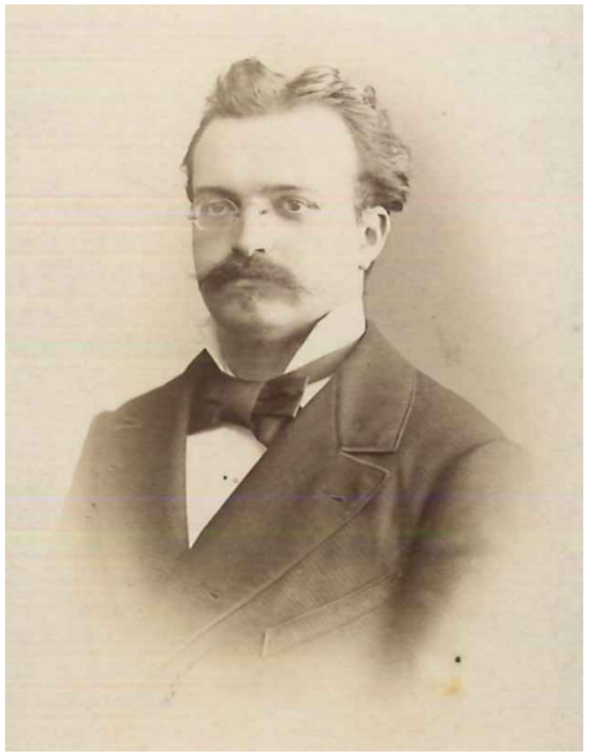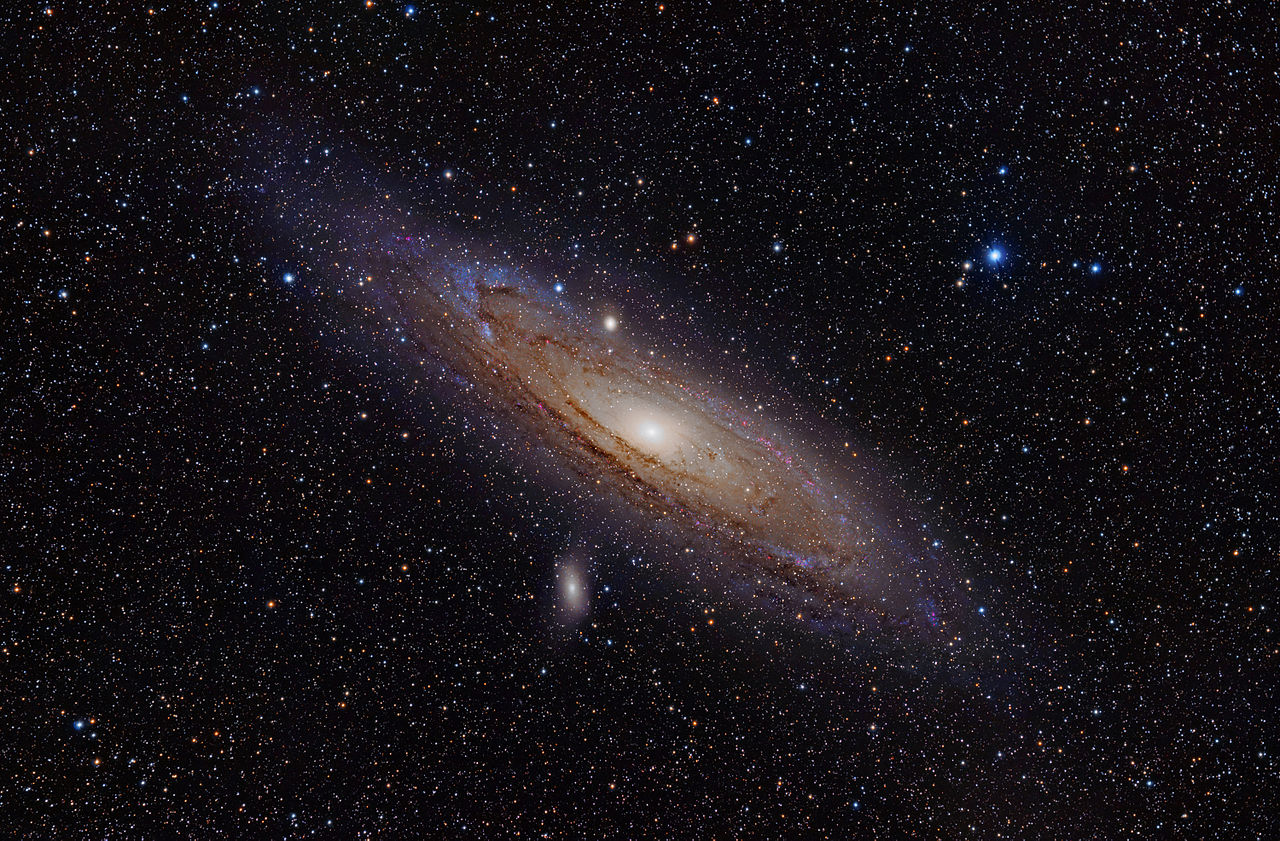Researchers at the Remeis-Observatory have discovered X-rays from a star which exploded more than 130 years ago.

Ernst Hartwig in Strasbourg (Credit: Anton Hruschka; Archive of Remeis-Observatory/Luise
Bräuer)
Ernst Hartwig was a German astronomer who became the first director of the Dr Karl Remeis Observatory when it was founded in 1889. Professionally, he became known for the discovery of the supernova S Andromedae (also referred to as SN1885A), which took place in the Andromeda Galaxy, the closest neighbour spiral galaxy to our Milky Way, at a distance of around 2.5 million light years. A supernova occurs when a star dies in a spectacular and violent explosion, which for weeks reaches an immense visual brightness, and may actually outshine its host galaxy. At sufficiently small distances, a supernova explosion would even be visible to the naked eye.
Back in Hartwig’s days, the Andromeda “Nebula” had not yet been understood to be a different galaxy when, in August 1885, it was reported to appear unusually bright. Hartwig was working at the Dorpat observatory in Estonia when he took notice of this event. On 31 August 1885, he announced his observations to the public for the first time and is now widely known as the discoverer of the supernova S Andromedae.

The Andromeda Galaxy (M31). Image Credit: Adam Evans
Now, well over 100 years since its discovery, researchers at the Remeis Observatory have taken another look at S Andromedae, but this time through a slightly different lens. In the work led by Masters student Marie Prucker in the multiwavelength group of Prof. Manami Sasaki, the team combined and analysed a large number of X-ray images taken with NASA’s Chandra Observatory. Using this highly sensitive data set, X-ray emission from the remnant of SN1885A could be detected for the first time ever. The origin of this X-ray emission is likely million-degree hot gas, which was swept up and heated by the shock wave released during the explosion.
Compared to other known supernova remnants within and outside the Milky Way, the X-ray luminosity of SN1885 appears surprisingly low, which could be caused by a number of reasons, for example an unexpectedly tenuous medium surrounding the exploded star. In any case, these new findings on SN1885A allow for bridging an important gap between the evolutionary phases of supernovae and their remnants, and will continue to do so in the future.
Read more: X-Ray emission from SN1885A
Prucker, M., Sasaki, M., Schlegel, E., et al. (2025), Astronomy & Astrophysics, 693, A110
Marie Prucker
marie.prucker@fau.de
+49 9131 85-81024
Manami Sasaki
Manami.Sasaki@fau.de
+49 9131 85-81019





